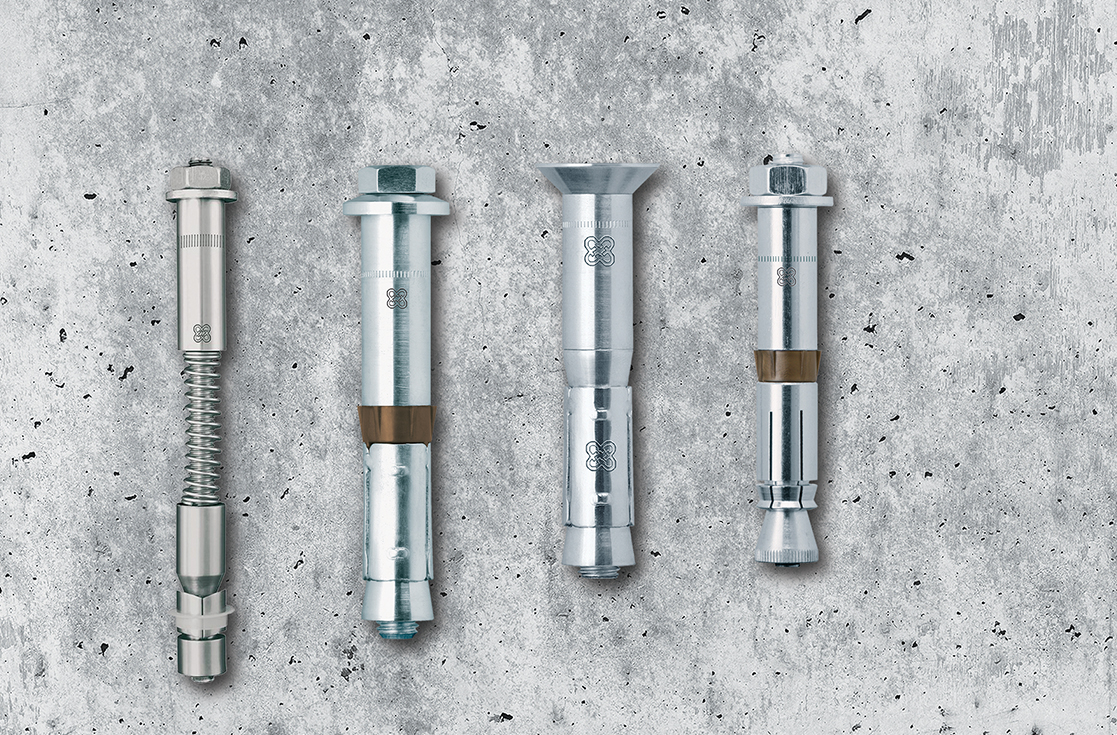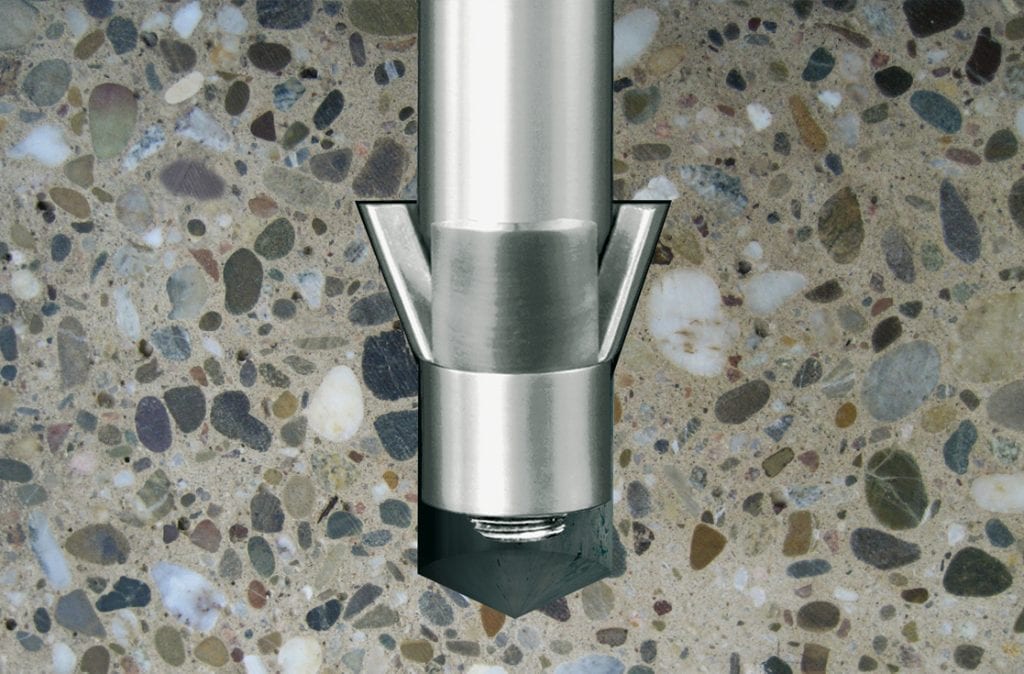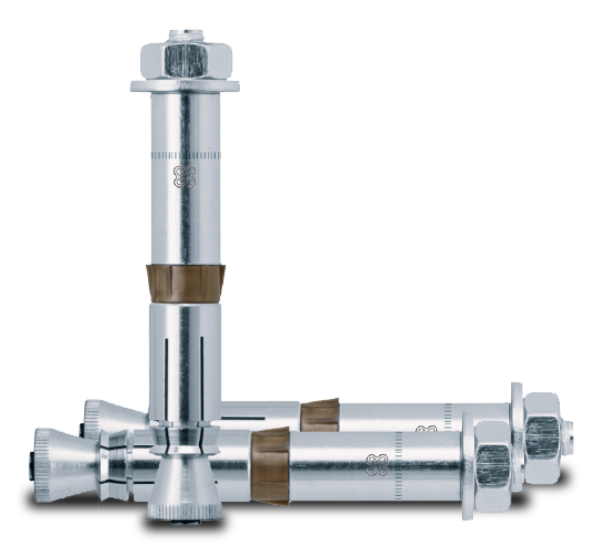
Dynamic Anchors
A dynamic anchor is a load-bearing industrial seal used to secure structural elements like plant or machinery to concrete. One end is inserted into the concrete while the other end is attached to support the structure. In addition, it strengthens these structures to assist them in resisting various dynamic loads or seismic movements. A dynamic anchor is made from zinc-plated carbon steel or stainless steel. These anchors are important to today’s civil engineering industry as the necessity for structural safety is higher than ever before.
How do they work?
Dynamic anchors are occasionally embedded directly into the concrete during the pouring process. However, they can be post installed afterwards by drilling into an already compact concrete structure. Post-installation of anchors can be done in two ways, chemical, and mechanical installation. Post-installation is most appropriate for cracked or non-cracked concrete. Mechanical anchors like the dynamic undercut anchor function by using a widened aperture within a drilled hole to make an interlock between the anchor and the concrete. This secures the structure and makes it more stable. Chemical anchors, however, need the use of a mortar-based sealant inserted into the drilled hole before the anchor is placed. As soon as the mortar is laid down, it establishes a secure bond between the hole and the anchor. Enlarging the diameter and depth of the drilled hole extends and heightens the load-bearing power of the anchor. This allowance to adjust the diameter and depth of the drill hole makes chemical anchors stronger compared to mechanical anchors. However, the choice on which anchor to use depends on the project at hand


Applications and advantages of dynamic anchors
Anchors are found in all facets of physical infrastructure. Their capacity to withstand a variety of dynamic loads from regular machinery operation like hydraulic ramps and conveyor belts to those arising from construction tasks and also road traffic shows they have diverse industrial applications. The load-bearing capacity of the anchors helps them resist shock, dynamic and seismic loads. These anchors are lightweight and corrosion-resistant making them easy to incorporate and durable. These features also make them appropriate for a variety of construction designs and soil environments. Their installation permits slight disturbance, making them suitable for complex and delicate sites.
How do they resist shock loads?
Shock loads refer to shock-like phenomena characterized by powerful forces on a structure which last a short time. Shock loads include those that occur in an elevator failure, a vehicle collision or even an explosion. These forces have a huge impact on structures despite them occurring in a short time span. Structures incorporated with dynamic anchors are equipped to hold out against shock loads. The anchors are able to absorb and dispel force neutralizing the impact of the force caused by the shock. This eventually, reduces potential dangers to people and the surrounding structure.
How do they resist seismic loads?
Seismic loads are the forces experienced by a structure during a seismic event, such as an earthquake. These events are typically of varying duration and severity, and as such most structures in the affected area will be at risk of serious damage and potential collapse. By using anchors which are designed to withstand seismic loads, the risk of structural damage and collapse will be significantly reduced which has countless advantages for ensuring public safety and preserving human life.




















